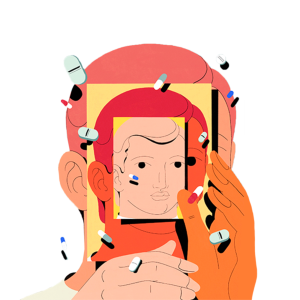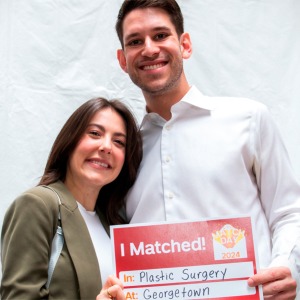This led to tables of race-specific normal lung functions from the 1850s until January 2023, when the American Thoracic Society finally retired them. Similarly, the American Heart Association removed race from its risk predictions last November, and the National Kidney Foundation removed race from its kidney function estimator.
When you include race-specific norms or “adjust” for race, you systematically bias the detection of disease. Hypertension is one of the sharpest examples. For decades, we’ve been looking for the “Black gene” for hypertension, and it just doesn’t exist. You see huge disparities, but they are socially, not biologically, determined. The reality is being a Black person in our society contributes to much-earlier onset, worse hypertension and all the downstream consequences.
The way we provide health care contributes to these problems. Medicaid, which is used in greater numbers by Black and brown people, is another example of structural racism leading to poor health outcomes for people of color. The amount of money that Medicaid reimburses both physicians and hospitals is much less than the actual cost of providing care and services. We’ve disincentivized the average physician to accept patients from historically underserved communities.
There’s a teachable moment right now and recognition that we have to do better. While ancestry is a real issue — there are heritable disorders like Tay-Sachs disease in Ashkenazi Jews — having dark skin does not put you at risk of anything except social aggressions. Many medical societies are concluding that we should not have race in risk-prediction equations, but it doesn’t happen overnight. After a 2017 study of racial bias in pain assessment and treatment recommendations, the Association of American Medical Colleges added teaching standards that address racial disparities in treatment to medical school licensing criteria. More work to root out additional, deeply seated racist practices in health care is long overdue.

























